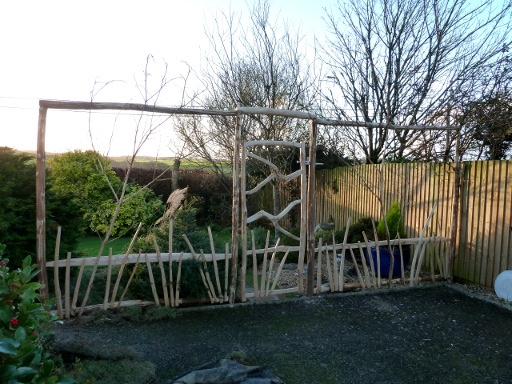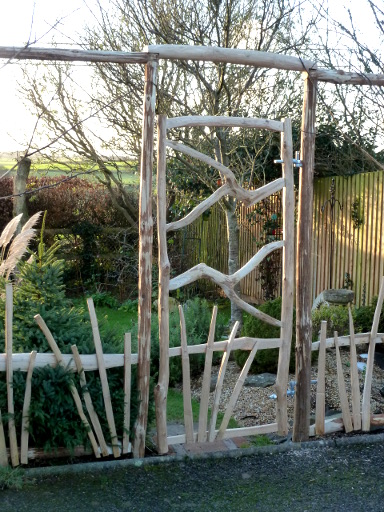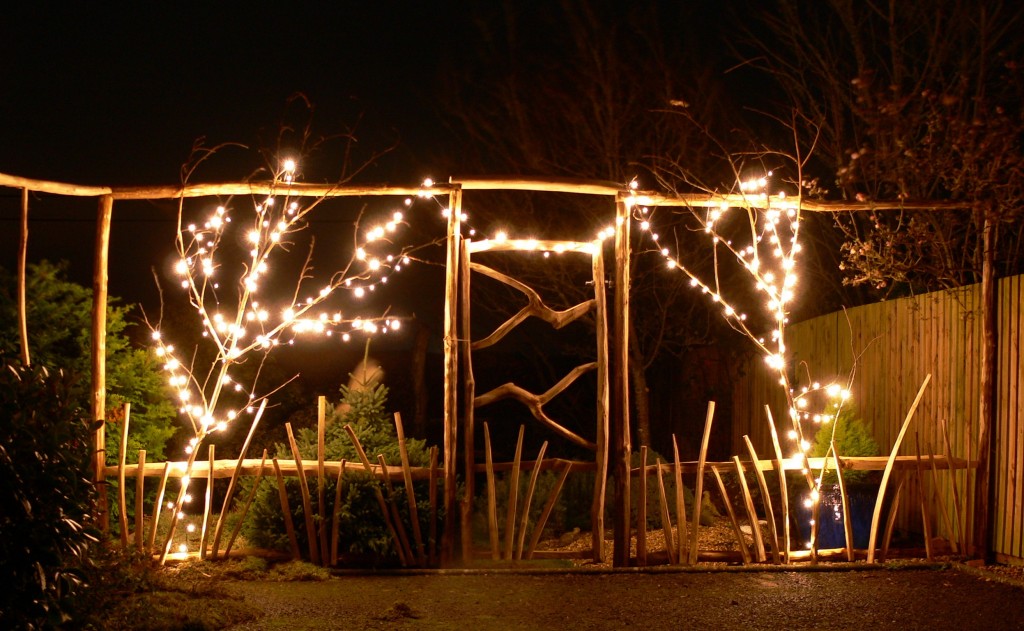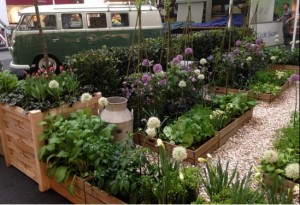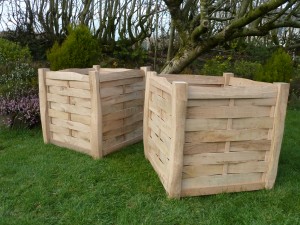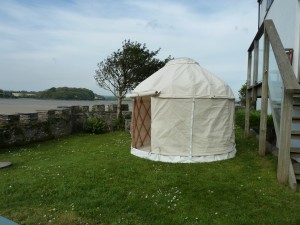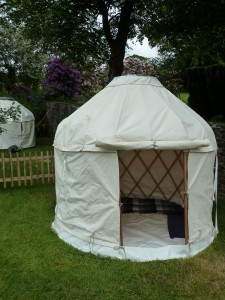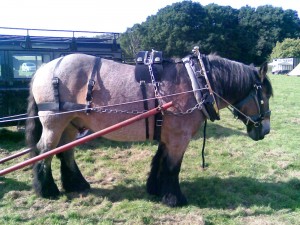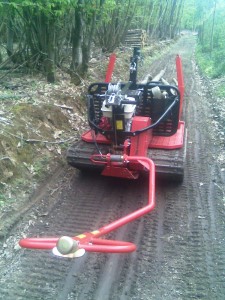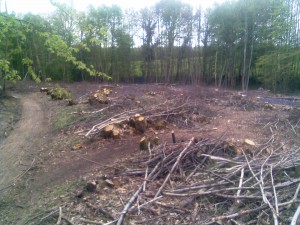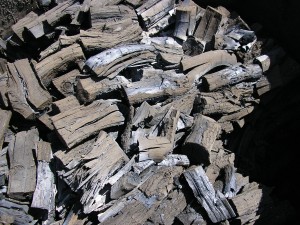Handcrafted fence frames and gate
The design challenge was to create a unique semi open divide between the edge of the driveway into a garden. This particular garden has a South-Westerly aspect, with rolling Devon hills beyond. The customer wanted something specially designed to enhance their garden, be handcrafted and unique. After considering a few options a design was agreed that involved creating two sculptural wooden frames either side of a central gate. This was to be handcrafted in durable Sweet Chestnut wood. Curved cleft pickets of various lengths were fitted in small groups to the bottom rails. Two pieces of Sweet Chestnut branch wood were stripped of bark and incorporated into each frame.
Bespoke designed gate
A bespoke three foot by six foot lightweight gate was designed to fit with the cleft wood frames. The lower section of the gate followed the theme using curved pickets. For the upper section a piece if mirror cleft Sweet Chestnut branch wood was morticed and tenoned into the gate frame. The gate was hung with galvanised hook and eye hinges.
The finished Design
A curved link piece was added to join left side frame to the side of their house. The frames were decorated with exterior lights for the Christmas period. The customer plans on adding wire netting to the back of the frames to deter their Persian cats from escaping to the lane from the enclosed garden. Fortunately their cats aren’t agile climbers.
Designing and installing bespoke handcrafted garden items is what we specialise in. We work with our customers to create something different. Please browse through some of our other projects for examples of our work.
To discuss your design requirements please call on 01409 281549 or email to info@wealdenheartwood.co.uk
